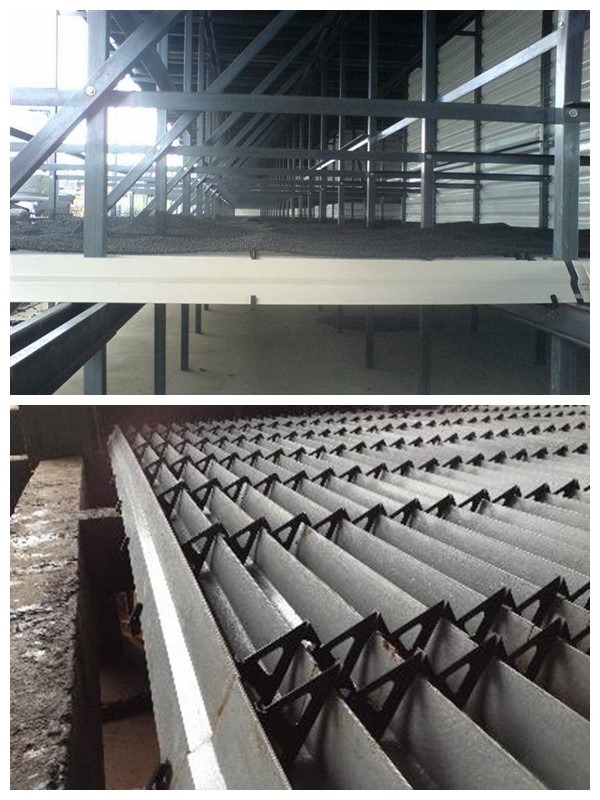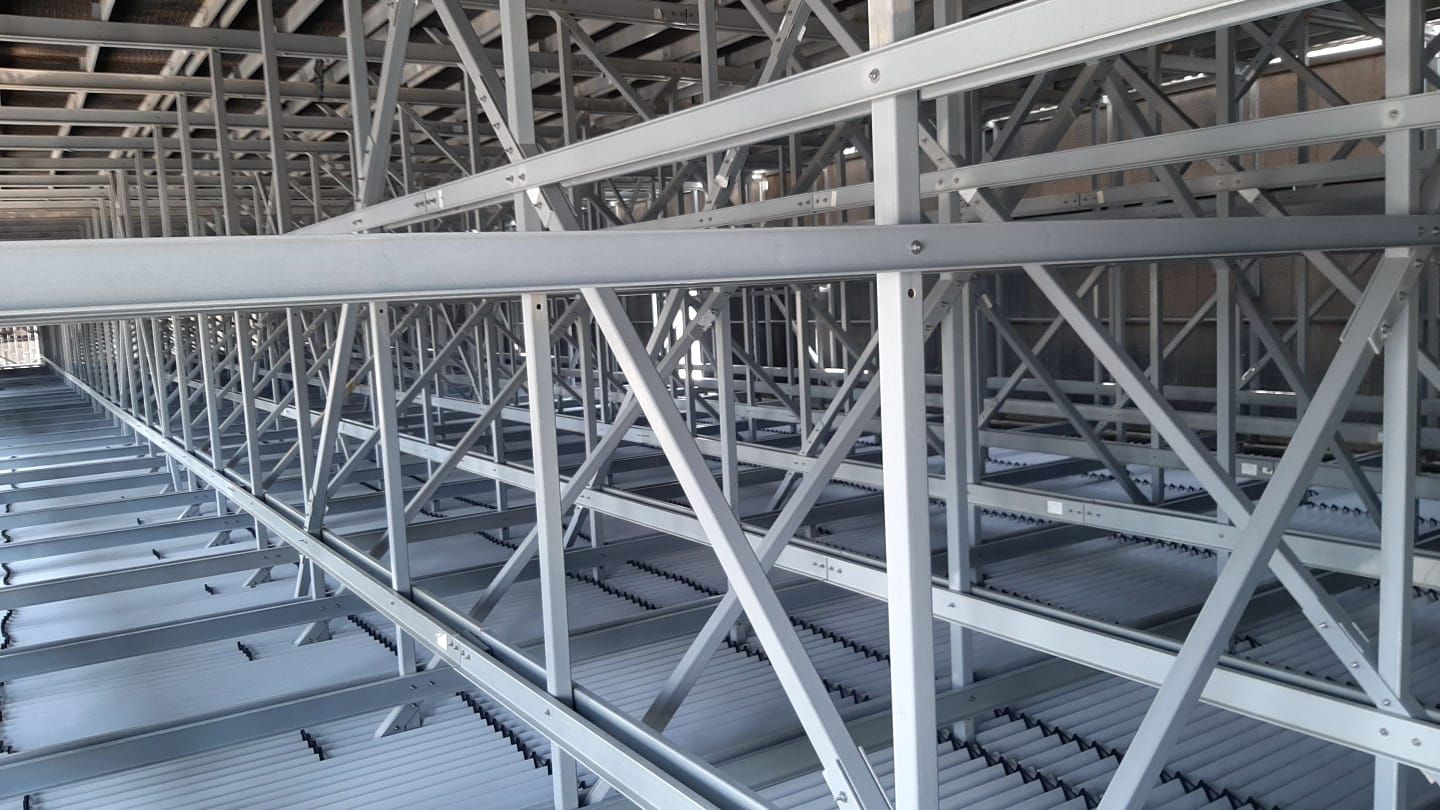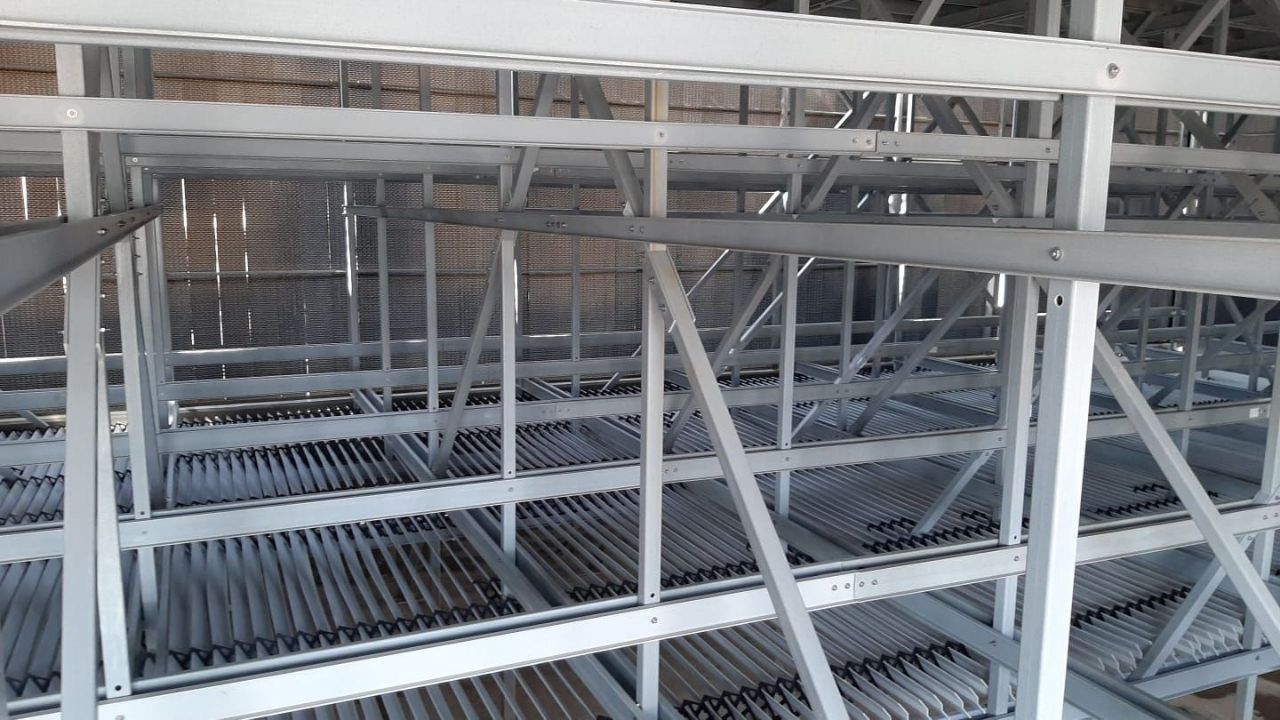
Cooling Tower Noise Control
2021-05-24 18:35Cooling tower silencing can be achieved at a fraction of the cost of conventional techniques that involve high capital expenditure and increased running costs due to the use of acoustic enclosures, barriers and attenuators. Moreover, the common low-frequency fan hum that remains (as silencers and barriers do not attenuate the hum) can still cause complaints. However, there are low-cost alternatives that use aerodynamic and other engineering techniques that reduce cooling tower noise and can actually improve system efficiency.
Details of how to reduce cooling tower noise as efficiently and cost-effectively as possible are provided below.
Cooling tower noise is generated by 4 potential noise sources.
fans: broadband noise plus low frequency hum (tones)
water: falling water into the catch tank (mid to high frequency sound)
pumps: if there are pumps, these often generate tonal noise over a wide frequency range
fan drives: motor and (sometimes) a gearbox that generate tonal noise
The key to success is to rank these sources both in terms of the overall noise and in terms of the sound "character" (tones) that is a major cause of complaints.
Cooling tower fan noise silencing
The 2 cooling tower fan noise sources are:-
broadband noise from air movement (at mid to high frequencies) that usually dominates the overall dB(A) noise level
fan hum or tonal noise, almost invariably at low frequencies
Broadband cooling tower fan noise attenuation
conventional silencers: effective at frequencies above about 300Hz - as long as they are designed to minimise the increase in backpressure. Alternatively, you can make use of directional effects and bespoke silencer elements. We have used these to reduce cooling tower noise by 10dB or more by modifying existing elements to make them acoustically effective.
noise barriers: these can also be effective above 300Hz (the higher the frequency, the greater the attenuation) and may only be necessary to attenuate noise in one direction. The main problem with cooling tower noise barriers is that to be effective they must be close to the source. This cuts airflow and free-cooling which reduces the system efficiency, adding to running costs.
Cooling tower fan hum tonal noise reduction
A very common cooling tower noise problem is a low-frequency hum or drone at the fan blade pass frequency, typically at frequencies below 200Hz. In this example, the tone is at 64Hz and harmonics. These tones travel large distances, passing through glazing virtually unattenuated and are a very common cause of noise complaints. They are at far too low a frequency to be attenuated by conventional means.
The only effective noise control technique is to alter the aerodynamics of the airflow through the fan. This can be achieved by retro-fitting aerodynamic fan noise reduction aids to eliminate the tones. This is not only low cost and can be fitted with minimal downtime, but it can also increase fan efficiency. This technology has been used to reduce cooling tower hum noise by around 99% (20dB) whilst simultaneously increasing fan efficiency (in one case by 23%) making projects self-financing. A case where noise control technology should be used even if the fans are quiet.
Cooling tower falling water noise attenuation
Whilst this can be screened using acoustic barriers, this can also hamper airflow and hence reduce cooling. There are floating mats available to muffle this sound, or we have used floating swimming pool heat retention balls with great success.
In addition, it is sometimes also practical to include waterproof acoustic absorbent within the cooling tower chamber to reduce reverberation and hence the noise radiated.
Cooling tower pump noise reduction
Typical pump noise is tonal at the rotational speed of the pump and at the vane passing frequency (plus harmonics). Depending on the dominant path, there 3 control techniques that can be used to reduce the noise at source.
vibration isolation: reduce the transmission of vibration into radiating surfaces (AV mounts or pads - but be aware of alignment)
vibration damping: fit high performance constrained layer damping to the radiating surfaces (to the motor mounting plate in this picture). This avoids potential alignment issues. Thin sheet coupling guards can also be damped
motor cowls: these can be very efficient noise radiators. The solution is to fit silencers to the cowls as shown here. This cut the noise by 10dB - 15dB without compromising cooling
Where pump noise is relatively high frequency, then acoustic screens can be effective, as long as pipe runs are not significant noise radiating surfaces.
Cooling tower gearbox noise control
Some cooling towers have a gearbox drive to step-down the motor speed. This can be a source of tonal noise - typically in the mid frequency range (250Hz - 700Hz).
In most cases, the source of the tone (drone) is easily identified - remotely from emailed audio or video files if the mechanical details of the gearbox are available, or via measurement (ideally vibration) on the gearbox itself. In addition, there are often side-bands (tones) either side of the gearmesh frequency, spaced apart by the rotational speed of one of the gears. We can identify the precise gear pair from this feature.
In this instance, the 541Hz tone in the boundary narrow band noise signature (blue trace) has side-bands at multiples of the motor speed (24.2Hz) which is very obvious close to the gearbox (red trace). This enabled us to recommend simply changing the worn pinion to eliminate this feature of the noise instead of spending a fortune on conventional acoustic barriers.
Latino's cooling tower noise attenuation used for reducing the cooling tower noise.
For more detailed technical data, please kindly contact us directly. And if you have any other interesting cooling tower components, such as cooling tower fill, cooling tower drift eliminator, cooling tower nozzle, ect., please kindly contact us.




Tianjin Latino Environmental Technology CO.,Ltd.
